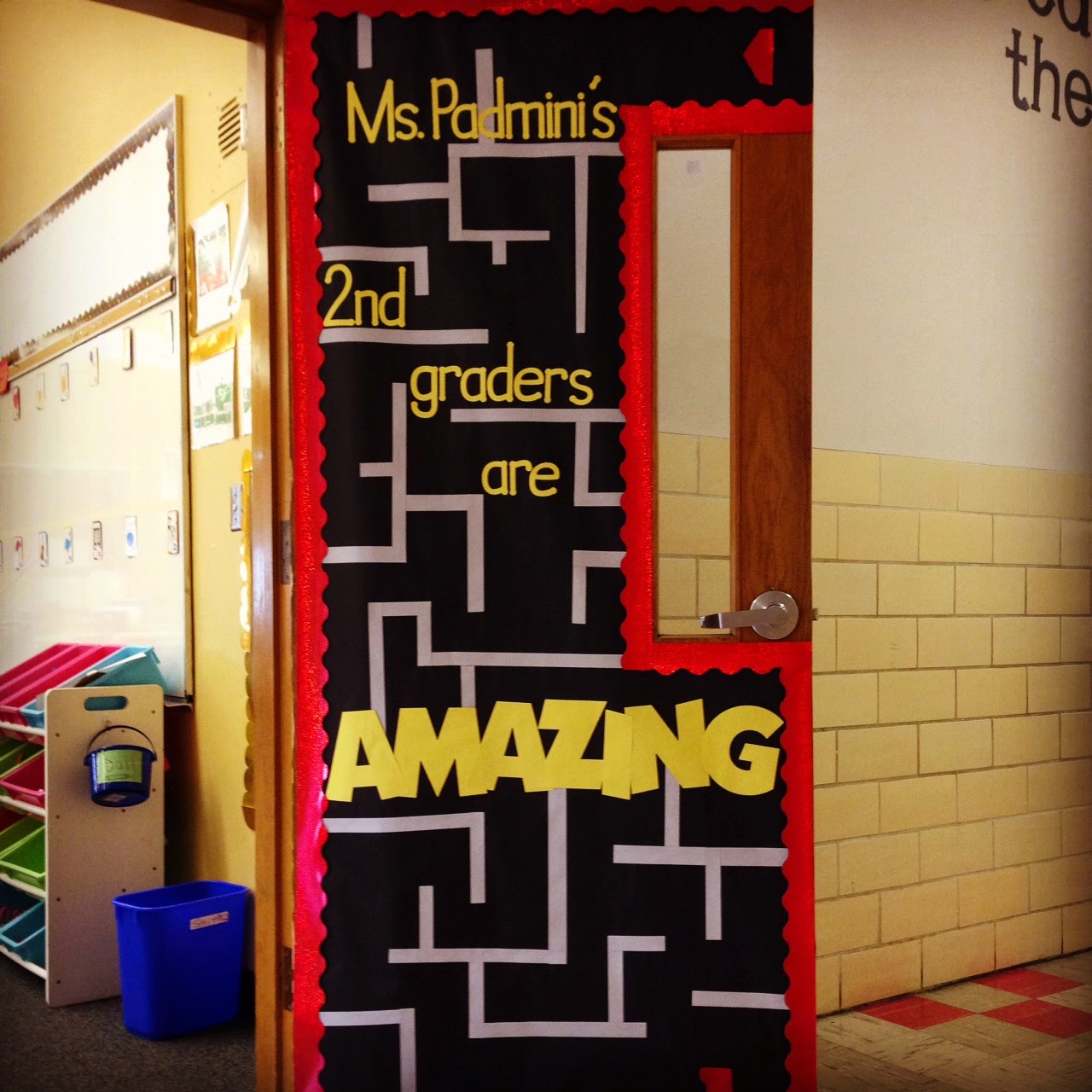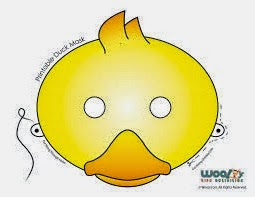I struggled all year to motivate the boys in my third grade reading intervention group. They're all very sweet boys and would always do what was asked of them, but I could always tell they were never genuinely interested in the lessons. I tried so many different approaches to actively engage them, but nothing seemed to work. Finally, we started a book unit with The Magic Finger by Roald Dahl and that seemed to do the trick. I had to use binder clips to remind the students where to stop reading, otherwise, a couple of the kiddos may have read the entire book in one night.
All of my students in this reading intervention group are ELL so we had to spend a lot of time with vocabulary words from the book. We defined and explored the first six vocabulary words before reading the book using various activities. The students used dictionaries to write the definition of each word. They also played charades and completed worksheets and puzzles for further practice. After reading the first two parts, I repeated the same process for the last six vocabulary words.
I read the first part of the book out loud to the students and then guided them through the first comprehension worksheet. I always teach and model how to complete the first comprehension worksheet so the students know some strategies for how they will complete the rest of the comprehension worksheets independently. Since the students are responsible for reading each part of the book independently, these worksheets are perfect to check to see if they read carefully. If they did, then they should get majority of the questions correct.
After giving the students the task of reading the second part and completing the corresponding comprehension worksheet, I was thrilled to see the students leaving my classroom with their noses deep in the books.
After reading part four (pages 30-39) my kiddos had a spontaneous discussion about the advantages and disadvantages of having wings instead of arms, just like the Greggs. This gave me the idea to lead the students in an activity to explore how difficult it would be to eat an apple without arms. So I brought in apples and had the students attempt to eat the apples without their hands. They had a blast trying. The kiddos and I couldn't stop laughing. It was a riot! It got a little gross when they laughed with a mouthful of apples and bits of it were flying everywhere, but I'm glad they enjoyed it. After a few minutes of trying, I let them finish their apples with their hands as they discussed and wrote in their journals what it was like to eat an apple without any hands.
We finished the book unit in about a week and a half. The last activity involved choosing one of the writing prompts as shown below. I'll post their writing piece as soon as they are finished. I told the boys we would be starting the new book unit in a few days and they actually cheered! I was elated!
Four more weeks until summer vacation! When does the school year end for you?





















































